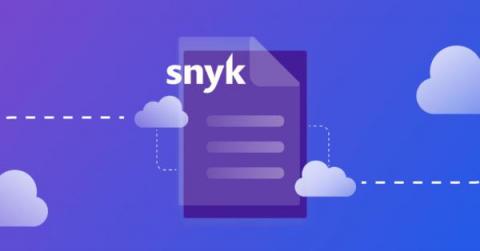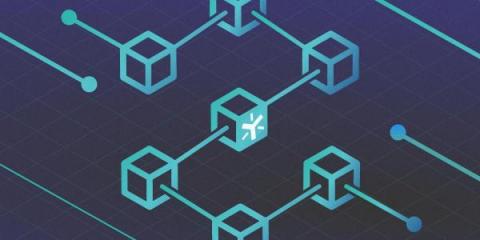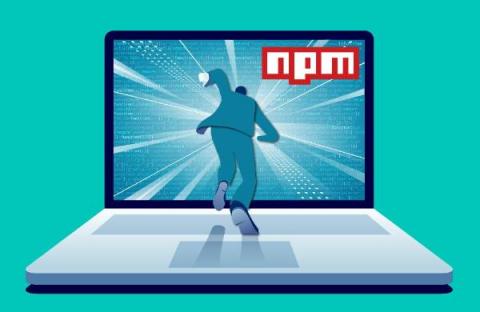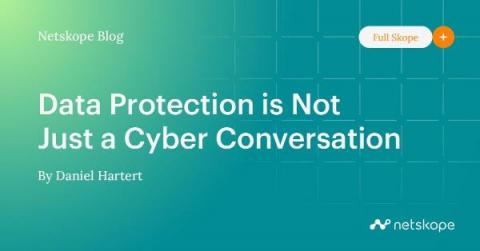One click to your attack surface: New simplified navigation
Simple and intuitive design is at the core of how we design. That’s why we’ve improved the navigation of our tool so that users can easily access the attack surface and scan settings. Since launching the attack surface view earlier this year, we’ve heard from some users that finding the attack surface view isn’t very clear. This meant some users were missing out on insights across their expanding attack surface, such as open ports and DNS information.











